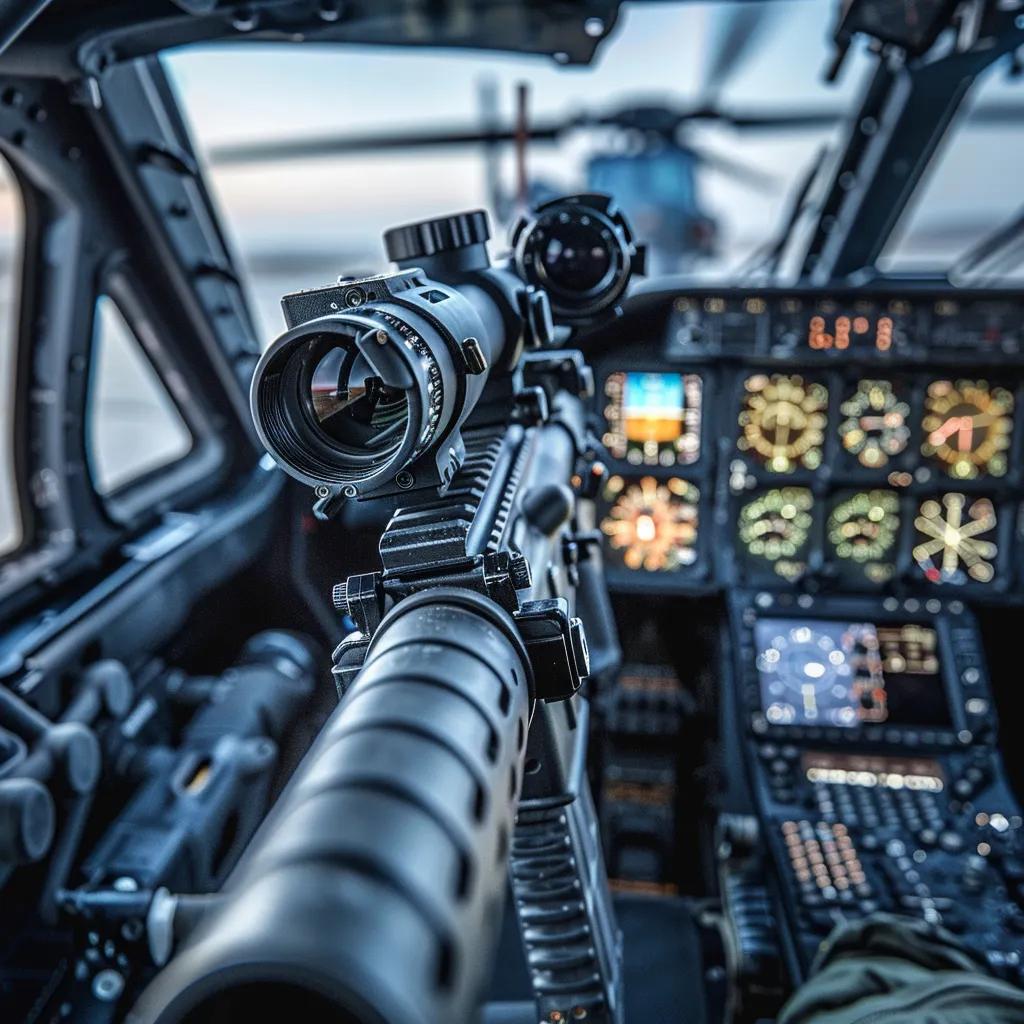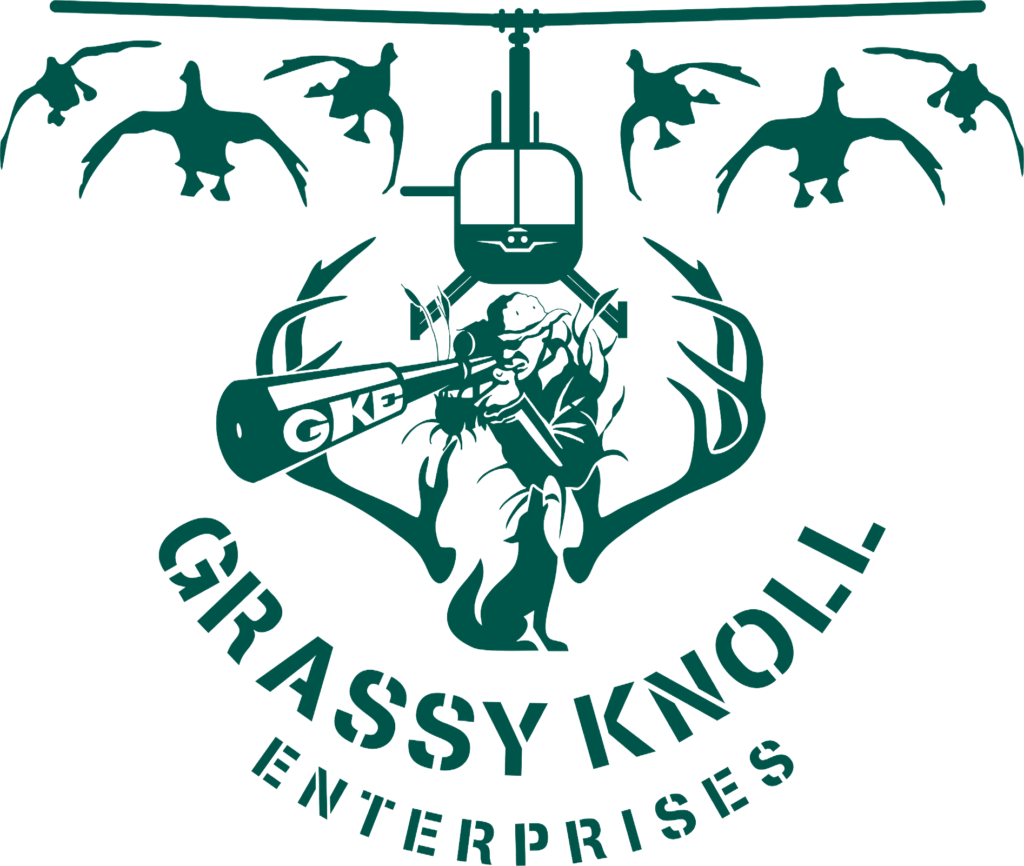
Helicopter Boar Hunting Adventure: How to End Your Hog Problem Fast in Texas
Texas landowners face over $871 million in annual feral hog losses, making rapid aerial eradication essential for protecting crops and pastures. Helicopter boar hunting leverages high-mobility aircraft and precision firearms to clear invasive swine from large properties in hours, not months. In this guide you’ll discover what helicopter hunting entails, the scale of hog-caused damage, aircraft and weapon setups, legal requirements, package options, landowner partnerships, and answers to top questions – all structured for fast, actionable insight.
What Is Helicopter Boar Hunting and How Does It Solve the Hog Problem?
Helicopter boar hunting combines aerial depredation methods with wildlife management to target feral hog sounders efficiently. By flying low and fast over infested areas, aerial teams can locate, isolate, and remove hogs before they reproduce, directly linking eradication to damage mitigation and land restoration.
What Is Helicopter Hog Hunting and Aerial Eradication?
Helicopter hog hunting is an aerial wildlife management service that deploys a pilot and shooter aboard a helicopter to locate and shoot feral hogs across rugged terrain. This method:
- Provides 360° visibility, enabling immediate hog detection over uneven ground.
- Delivers kinetic precision, with shooters using stabilized mounts to maintain aim.
- Ensures rapid coverage, clearing dozens of acres in a single sortie.
By integrating aircraft speed with targeted marksmanship, aerial eradication resolves feral hog problems faster than any ground-based approach, setting the stage for economic and ecological recovery.
How Does Helicopter Hunting Rapidly Control Feral Hog Populations?
Helicopter hunts reduce hog numbers quickly by:
- Sweeping large areas at low altitude, locating sounders before they scatter.
- Deploying precision firepower, preventing escape and reducing follow-up efforts.
- Coordinating ground teams to recover carcasses and monitor removal counts.
This combination of aerial reconnaissance and synchronized shooting compresses what would be months of trapping into hours of flight, paving the way for landowners to restore pastures without reinfestation.
Why Is Helicopter Hunting More Effective Than Traditional Methods?
Before exploring damage statistics, compare aerial versus ground control:
Helicopter eradication dramatically outpaces traps and foot patrols by combining rapid area coverage with real-time hog detection. This efficiency accelerates population collapse and halts breeding cycles, leading directly to fewer crop losses.
Effectiveness of Aerial Hunting
Aerial hunting is a highly effective method for controlling feral hog populations, offering rapid coverage and high removal rates compared to traditional methods. This approach can significantly reduce hog numbers in a short time, leading to reduced crop losses and environmental benefits.
This study validates the article’s claims about the effectiveness of aerial hunting, providing evidence for its efficiency in controlling feral hog populations.
What Economic and Environmental Damage Do Feral Hogs Cause in Texas?
Feral hogs inflict billions in losses across Texas farmland, degrade ecosystems, and spread invasive species that upset local biodiversity. Understanding these impacts underscores why aerial control is indispensable.
How Much Economic Loss Do Feral Hogs Cause Annually in Texas?
Texas shoulders over half of the $1.5 billion in U.S. hog-related damages:
- $203 million in direct crop losses
- $85 million in livestock and pasture damage
- $122 million in reduced planting income
- $375 million in infrastructure and fence repairs
These figures reflect relentless rooting, wallowing, and uncontrolled reproduction, which continue to escalate without swift management intervention.
Economic Impact of Feral Hogs in Texas
Feral hogs cause significant economic damage in Texas, with losses in the hundreds of millions of dollars annually. These losses stem from direct crop damage, livestock predation, and infrastructure repairs, highlighting the need for effective control measures.
This research supports the article’s claims about the economic impact of feral hogs, providing context for the need for control methods.
What Types of Agricultural Damage Are Caused by Feral Hogs?

Feral hogs undermine farm productivity through:
- Rooting and Wallowing: Uproots seedlings and creates muddy wallows that drown crops.
- Livestock Predation: Attacks calves, piglets, and ground-nesting birds.
- Pasture Destruction: Compacts soil and destroys forage, reducing grazing yield.
- Infrastructure Damage: Digs under fences, collapses irrigation ditches, and uproots drainage systems.
By recognizing each damage type, landowners can appreciate the urgency of aerial eradication, which halts ongoing losses and prevents new damage.
How Do Feral Hogs Impact Texas Ecosystems and Environment?
Feral swine disturb native habitats by:
- Accelerating soil erosion, leading to sedimentation in streams.
- Displacing native species through competition for food and habitat.
- Spreading invasive plants, as rooting creates disturbed ground for weeds.
- Compromising water quality, through wallow-induced runoff.
Effective helicopter boar hunting restores ecological balance by removing the primary driver of this habitat degradation, allowing native plants and wildlife to recover.
How Does Helicopter Boar Hunting Work: Equipment, Safety, and Experience?
Aerial hog hunts require specialized helicopters, stabilized firearm mounts, rigorous safety standards, and an adrenaline-charged flight experience designed for both effectiveness and participant security.
What Helicopter Models and Firearms Are Used in Aerial Hog Hunting?

The most common aircraft and weapons include:
Matching aircraft maneuverability with high-power small arms ensures swift hog identification and removal, creating a seamless hunting platform for large-scale depopulation.
What Safety Protocols and Training Ensure a Secure Hunting Adventure?
Aerial hunts adhere to rigorous standards:
- FAA-certified pilots with 1,500+ flight hours.
- Firearms training courses covering airborne marksmanship and emergency procedures.
- Pre-flight safety briefings that review landing zones, communication protocols, and egress routes.
These measures establish a controlled environment where participants can focus on shooting while professional teams manage flight and emergency contingencies.
What Can Hunters Expect During a Helicopter Hog Hunting Adventure?
Hunters will experience:
- Pre-dawn briefing, outlining flight plan and shooting zones.
- 30–60 minutes of flight time, sweeping infested tracts at 50–80 mph.
- Stabilized shooting stations, reducing recoil and increasing accuracy.
- On-site carcass recovery, where ground support retrieves hogs for disposal.
This combination of speed, precision, and teamwork delivers both a thrilling adventure and a tangible reduction in hog populations.
What Are the Legal Requirements and Permits for Helicopter Hog Hunting in Texas?
Texas law explicitly permits aerial depredation hunts under the Hog Depredation Act (HB 716) and regulates authorization on private property, ensuring hunts remain within legal and ethical boundaries.
Is Helicopter Hog Hunting Legal in Texas and What Laws Apply?
Yes, the 2011 Texas Hog Depredation Act (HB 716) allows landowners or authorized agents to shoot feral hogs from the air on private property. This law recognizes hogs as agricultural pests, enabling rapid depopulation without traditional hunting restrictions.
Legal Framework for Aerial Hunting
Texas law explicitly permits aerial depredation hunts on private property, recognizing feral hogs as agricultural pests. This legal framework allows landowners and authorized agents to implement rapid depopulation strategies without traditional hunting restrictions.
This citation confirms the legality of aerial hunting in Texas, supporting the article’s information on the legal aspects of feral hog control.
Do You Need a Hunting License for Helicopter Hog Hunting on Private Land?
No hunting license is required for aerial depredation hunts on private acreage when conducted under landowner authorization. This exemption speeds deployment of control measures without burdensome permit delays.
What Permits and Authorizations Are Required for Aerial Wildlife Management?
Aerial wildlife management operators must obtain:
- Aerial Wildlife Management Permit from TPWD.
- Written landowner authorization for each property.
- FAA flight clearances for low-altitude operations.
These combined authorizations ensure hunts comply with wildlife regulations, aviation safety, and private land rights.
What Helicopter Hog Hunting Packages and Pricing Options Are Available?
Packages balance flight time, equipment, and lodging to fit budgets and objectives, delivering fixed-cost solutions or customizable experiences for individuals, groups, and corporate outings.
What Is Included in Typical Helicopter Boar Hunting Packages?
Standard packages generally include:
- 1–3 hours of flight time over infested land.
- Unlimited ammunition and stabilized firearm mounts.
- Gun rental of AR-15 or belt-fed machine gun.
- Lodging at a nearby ranch or lodge.
- Airport transfers and ground recovery support.
Providing all-inclusive packages simplifies planning and ensures teams focus solely on hog removal.
Can Packages Be Customized for Groups, Corporate Events, or Night Hunts?
Yes—operators can tailor:
- Group hunts for 4–10 participants with additional flight hours.
- Corporate retreats, combining team-building exercises with aerial depredation.
- Night vision hunts using thermal imaging and NVG-equipped helicopters.
Customization ensures each landowner or organization meets its specific eradication goals.
How Do Landowner Partnerships and Conservation Efforts Support Hog Control?
Collaborative programs integrate aerial hunts into broader stewardship initiatives, ensuring ongoing population monitoring, habitat restoration, and community engagement.
How Does Helicopter Hunting Benefit Texas Landowners and Farmers?
Aerial eradication delivers:
- Immediate reduction of rooting and wallowing damage.
- Lower long-term control costs by preventing rapid population rebound.
- Enhanced property values through sustained land protection.
By aligning aerial hunts with landowner objectives, farmers and ranchers regain control of their operations.
What Conservation Practices Are Integrated Into Helicopter Hog Hunting?
Responsible operators incorporate:
- Selective culling, focusing on high-density zones to restore ecosystem balance.
- Habitat restoration, reseeding native grasses after eradication.
- Population monitoring, using camera traps to track reinfestation.
These practices maximize ecological benefits while maintaining feral hogs at non-damaging levels.
What Success Stories Demonstrate the Effectiveness of Helicopter Hog Hunting?
A central Texas ranch achieved eradication of 50 hogs on 900 acres within two flight sorties, cutting $45,000 in projected crop losses. Another West Texas farm recorded a 95 percent drop in rooting damage after a single aerial operation. These case studies confirm aerial hunts as a proven pest-control strategy.
What Are the Most Common Questions About Helicopter Boar Hunting?
This section addresses key concerns around safety, equipment, efficiency, and specialized gear to ensure informed decision-making.
How Safe Is Helicopter Hog Hunting for Participants and Wildlife?
Yes, helicopter hunts maintain high safety standards through certified pilots, stabilized shooting mounts, and strict communication protocols. Wildlife spill-over risks are minimized by targeting known hog territories and coordinating ground recovery teams to prevent non-target impacts.
What Is the Best Firearm for Helicopter Hog Hunting?
AR-15 rifles chambered in .223–.300 Win Mag provide the optimal balance of accuracy, range, and recoil management. Belt-fed .308 machine guns further enhance rapid follow-up shots, particularly when targeting large sounders in dense cover.
How Quickly Can Helicopter Hunting Reduce Feral Hog Populations?
A single two-hour flight can remove 30–50 hogs, reducing local populations by up to 80 percent. Consistent sortie scheduling over weeks can collapse breeding cycles and achieve long-term control within a single season.
Are Night Vision and Thermal Imaging Available for Helicopter Hunts?
Yes, many operators equip helicopters with thermal cameras and night-vision goggles, allowing nocturnal hunts that exploit hog nocturnal activity patterns and deliver 24-hour eradication capacity.
Incorporating helicopter boar hunting into your feral hog management plan delivers rapid, efficient results across large Texas properties. By understanding the damage hogs inflict, the aircraft and weapon systems involved, legal frameworks, package choices, and conservation partnerships, landowners can protect their investments and ecosystems. Explore our full range of aerial eradication services at helicopter hog hunting packages or learn more about cost and customization at pricing options.

